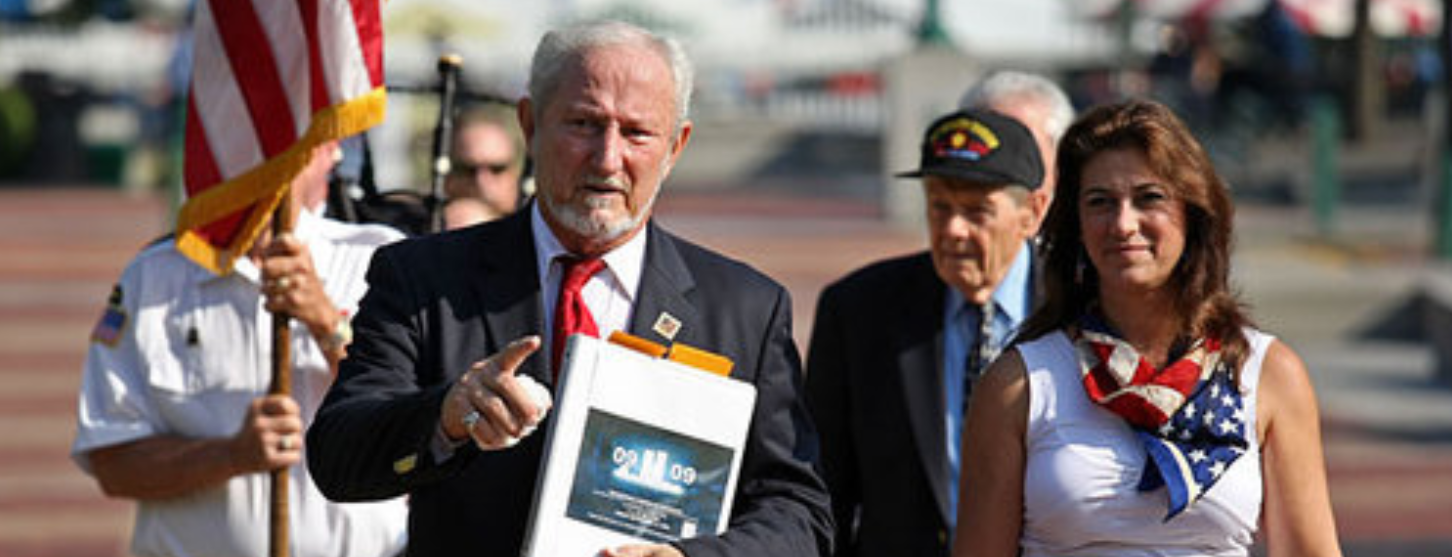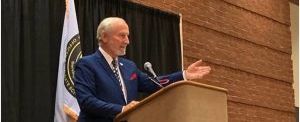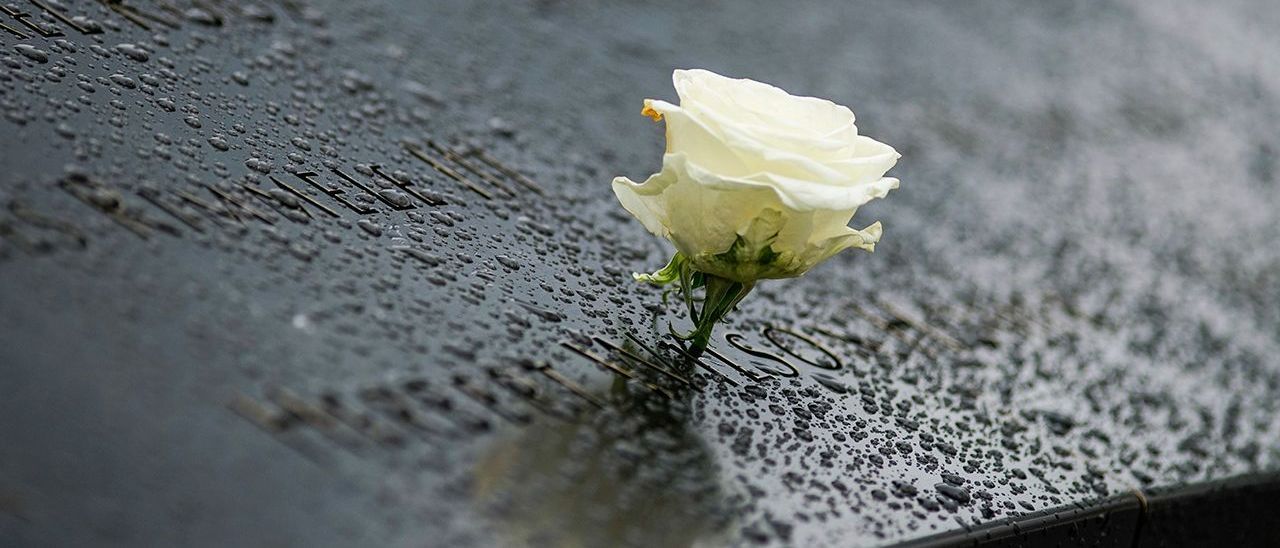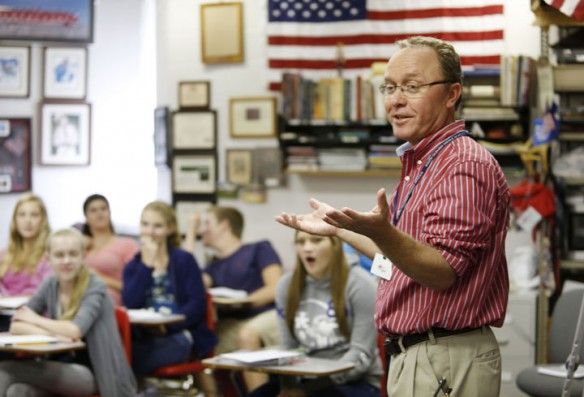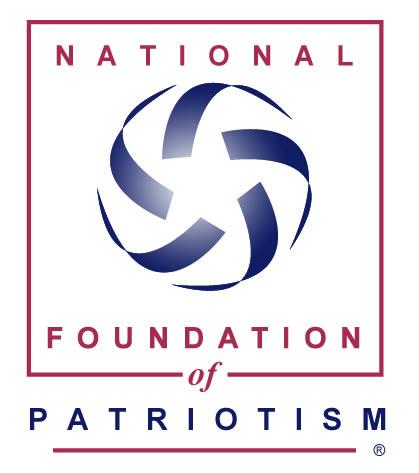The World Watches Anxiously as we Near the 2020 US Presidential Election on November 3, 2020.
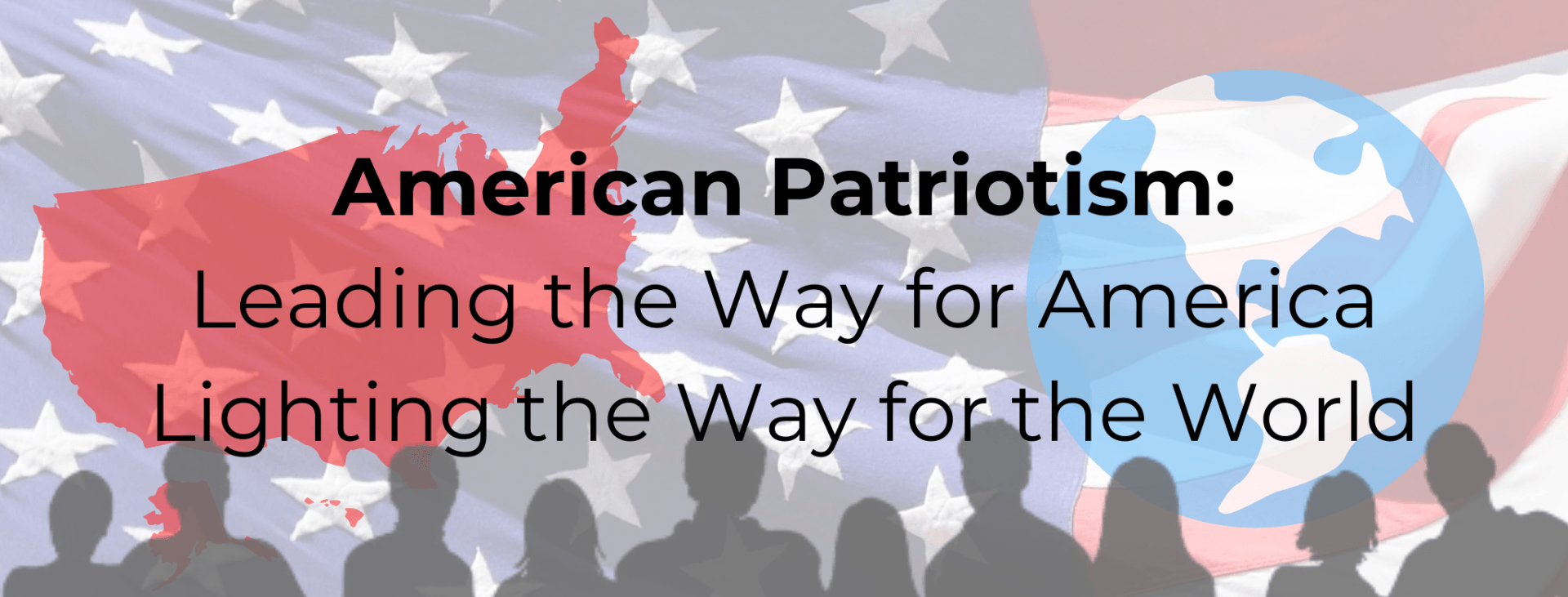
America first, however, does not mean America only. As negotiations proceed, both parties come away with benefits and consolations, mirroring the Art of the Deal approach Trump has mastered in over 50 years of business worldwide.
Transparency eliminates the potential for criminal private deals with corrupt politicians that have plagued the U.S. for decades. Side bar deals never benefit the people of either country, but line the pockets of self-serving people in power and often lead to more corruption and detriment to the people they are supposed to serve. This creates an international distrust in dealing with America. The new America First policy is meant to clean up the mess left by former corrupt politicians and set America on more solid ground to negotiate fair deals leading to a safer, healthier, and stronger global community.
Integrity is the cornerstone of the America First policy. Borrowing a phrase from Ronald Reagan, ‘trust but verify’ will be the litmus test of all deals post negotiations. Leaders in Russia, China and Iran may not be so keen on another 4 years of US sanctions, tariffs, and the war on unfair trade practices. Watch out Xi, an upswing in Chinese intellectuals are suddenly more dismissive of liberal ideology, instead seeking clearer insight for Chinese interests. However, the rest of Asia and Europe is showing a growing enthusiastic acceptance of Trump’s presence on the global stage.
We also see the tide changing in the Mideast, as we now have a U.S. Embassy in Israel. Bringing together Israel’s Prime Minister Benjamin Netanyahu, UAE Foreign Minister Abdullah bin Zayed Al Nahyan and Bahrain’s Foreign Minister Abdulatif bin Rashid Al Zayani to explore trade options.
UAE was the first of the Persian Gulf countries to agree to establish formal relations with Israel as well as work to establish goals to include other Arab nations, which could lead to a more stable middle east.
As it relates to the impact America has on the world, the U.S. still provides more assistance than any other country in foreign aid, and under President Trump, in 2019 the U.S. supplied $39.2 billion in aid worldwide. Improving health, education and humanitarian aid that helped poor countries develop their own economies.
This election holds so many unique aspects and uncertainties. However, as far as the candidates go, we have strong data on both. Joe Biden has been in office for over 40 years, and Trump almost 4 years. Their ideologies are vastly different. Their documented achievements are easy to see. The world has access to the same information that we do. Their concerns are every bit as serious as ours, the impact that this election has on the global community can mean the difference between freedom and bondage for us and for them.
America was founded on Judeo-Christian values. The bible is clear about what we must do to continue to be blessed by God. Those clear words are found in II Chronicles 7:14 and they apply to all nations seeking life, liberty and the pursuit of happiness.
“If my people, who are called by my name, will humble themselves, and pray, seek my face and turn from their wicked ways; then will I hear from heaven, and will forgive their sin, and will heal their land.”
The candidate who follows God’s word, will receive God’s blessing for our nation, and in turn, benefits for the nations of the world.
Recent Posts
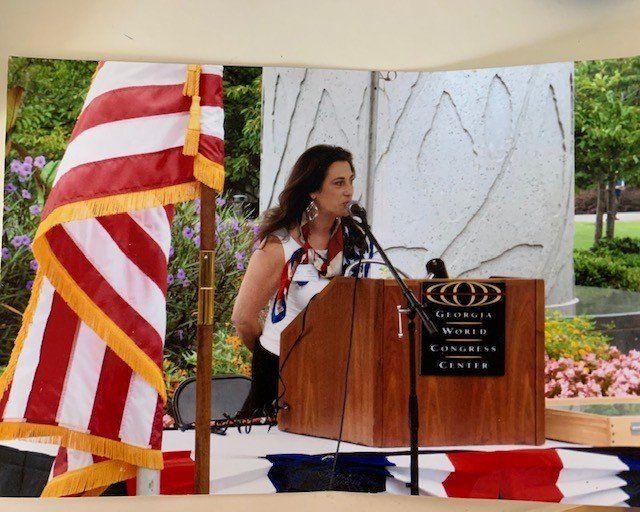
Leadership is an action, not a position. Non-profit organizations, by the very nature of the business, require passionate, dedicated leadership to develop and maintain sustainable growth. Especially when times get tough, creative leaders who are passionate about their missions, learn how to chart new courses. Aim to meet the goals of the mission in unique new ways, rather than struggle over things that no longer work. If the mission is important, then the methods for sustainability will appear through action. It is imperative for a struggling nonprofit to keep strong connections and build on relationships, especially in transition periods. On average, museums receive less than 25% of their funding from government sources, that means the rest must come from public and private sources. Many museums have closed since the downturn of 2008 and more are at risk due to Covid-19 restrictions than ever in recent history. “The scattered fate of closed museums rest in pieces in cities across America, and sadly, what is often preserved is not the identity of the museum, but the shadow of its memory in scattered objects and archived names.” Said Allison Meier, in her 2013 article for Hyperallergic, an online publication that supports the arts. Passion matters. Do people really care about the benefit of museums in their communities anymore? According to the American Alliance of Museums: · 97% of Americans believe museums are educational assets. · 89% of Americans believe museums provide economic benefits to their communities. · 96% of Americans say they would support legislative actions to help support museums. · 96% of Americans say they want to maintain or increase federal funding of museums. Museum and other nonprofit directors must find ways to keep their businesses alive through these turbulent times. Directors are people and they get weary, discouraged and overwhelmed just like the rest of us. In 2008, the National Museum of Patriotism faced crushing financial realities after the 2008 economic downturn greatly diminished the funds of its major donor base in Atlanta. Great leaders think on their feet, are flexible, they are realists and they are decision makers. Founder Nick Snider, passionate about the mission that drove him to donate his own funds in starting the organization in 1996, had a serious dilemma to face and no time to waste in dealing with it. In 2010, just one year after moving to a new location, Nick made the crucial decision to close the facility, and create an online museum. The National Foundation of Patriotism was formed and the physical exhibits were photographed, archived and later dispersed. Some were donated to other museums, good for the industry. Some were auctioned and bought by people on patriotic missions, good for America. And some were preserved for future traveling exhibits. It was a tough decision, but it was the right one at the right time. With 12,000 members in tow, Snider created a new web and social presence that grew to a fan base in 2020 of over 350,000 engaged friends. The decision cut the $100,000 monthly budget to $12,000. And the mission of the National Foundation of Patriotism has enjoyed robust growth. In an effort to support and encourage other nonprofit organizations, here is the National Foundation of Patriotism’s top 10 success strategies for nonprofit leaders. 1. Start public speaking. Sharing your vision actually strengthens and reinvigorates YOUR passion! Whenever possible, speak to people in person. You’ll feel their energy and benefit from their support. 2. Make appointments to see your donors. Meet with them, share how you are adjusting to a new strategy, let them know this is not a fundraising call, but the next one will be. Stay connected to major donors with gratitude and remind them that their donations mattered and are not lost. Be specific about how those dollars have undergirded the mission and created a sustainable product that will be launched in a new way. 3. BE HONEST. With your donors, and with yourself. YOU didn’t fail, the economy did, but you have a plan. Focus on the truth, focus on the reality that you are facing, and give yourself a little breathing room to develop a new strategy. 4. Get Social. Dive deep into online options to reach people with your mission first (what we do), the meaning second (why we do it), and your method for sustainable growth third. 5. Hire a transition team. Even if you have to fire your entire organization, you need these 3 to help keep you refreshed, resourceful, and available. a. A Web designer b. A Social Media Content Manager c. An assistant to help with details of the transition 6. Engage your volunteers. Host appreciation luncheons, and encourage them to take part in the transition. 7. Engage in projects that help or support other people and organizations. It keeps you in the right place in the public eye and opens you to a wide range of diverse new friends and supporters. 8. Invite young college students to a planning and brainstorming meeting that can generate ideas and enable them to get excited about your mission. If you FEED them, they will come! ALWAYS FEED THEM. 9. Get ruthless with your daily schedule. Start as many days as possible by what I call Breakfast with Champions. Meet with successful people and invite them to tell you all about how they reached their goals. YOU EAT, THEY TALK, YOU LISTEN! 10. Block off time each day to think. Close your door, turn off your phone, turn out the lights and just let your mind flow where ever it wants to go. Eventually, you’ll settle on what matters and then you’ll strike gold. That great idea, that winning strategy, that path to success. The National Foundation of Patriotism wishes you all the best. You matter. Your organization matters. Don’t ever give up. God bless you, and may God continue to bless America!

Puritan Spiritual Advisor, Religious Reformer, Midwife and mother of 11 children. A key figure in the history of religious freedom in England’s American colonies and the history of women in ministry who challenged the authority of the ministers. Anne Hutchinson was born in Alford, Lincolnshire, England, and was the daughter of Francis Marbury, an Anglican cleric and school teacher, who gave her a far superior education than that of most other girls of her day. She resided in London as a young adult, while there, she married William Hutchinson (1586- 1641), he was a judge (chief magistrate) in the Colonial era settlement at Portsmouth on the Island of Aquidneck, which is now known as Rhode Island. The couple moved back to Alford, Lincolnshire and began following preacher John Cotton. Cotton was compelled to emigrate to the New World in 1633, and the Hutchinson’s and their 11 children followed him shortly thereafter. Soon they became well established in the growing settlement of Boston in New England. Anne Hutchinson became a Midwife and was helpful to the women needing her assistance, as well as forthcoming with her personal religious understandings. She began hosting a weekly meeting in her house to deliver sermons and teaching the women about Christianity. She became so popular even men started joining her meetings, including Henry Vane, the young governor of the colony. It wasn’t long before her reformation teachings started ruffling the feathers of the male religious leaders of the day. Her strong religious convictions and intense delivery shook the established Puritan clergy to the core. Her obvious intellectual acumen, as well as her popularity and charisma, created a deep divide that threatened to destroy the Puritans’ religious community in New England. She began to accuse the local ministers (except Cotton and her husband’s brother-in-law John Wheelwright) of preaching a covenant of “works” rather than a covenant of “grace”. Many of the ministers began to complain about her increasingly blatant accusations, as well as certain unorthodox theological teachings, according to them. The grumbling eventually erupted into what is commonly called the Antinomian Controversy, culminating in her trial, conviction and banishment from the colony. Followed by a church trial, in March 1638, in which she was put out of her congregation. Tried, Convicted and Banished! She was eventually tried and convicted, then banished from the colony with many of her supporters. Hutchinson and many of her supporters established a settlement of Portsmouth with encouragement from Providence Plantations founder Roger Williams in what became the Colony of Rhode Island and Providence Plantations. After her husband’s death a few years later, in 1641, threats of Massachusetts taking over Rhode Island compelled Hutchinson to move totally outside the reach of Boston into the lands of the Dutch. Five of her older surviving children remained in New England, while she settled with her younger children near an ancient landmark, Split Rock, in what later became The Bronx in New York city. Tensions were high during the Kieft’s War with the Siwanoy Indian tribe, and in August 1643 Hutchinson, her 6 children and other members of the household were massacred by the Siwanoys. The only survivor Susanna (Hutchinson) Cole The only survivor being her nine-year-old daughter Susanna, who was taken captive. There are two accounts of her salvation, one was that she had red hair, and that spared her from slaughter, and the other is that she was picking blueberries some distance from the house and hid in the crevice at Split Rock. Either way, she was taken captive and held for several years. Sources say she had a son while in captivity to Siwanoy sachem Wampage I. Believed to be her mothers’ murderer. The child Ninham-Wampage would later become known as Wampage II. She would eventually marry John Cole in Boston on December 30, 1651. John Cole was the son of a Boston innkeeper Samuel Cole, who is credited with establishing the first tavern in 1634. Anne Hutchinson is honored by Massachusetts with a State House monument calling her a “courageous exponent of civil liberty and religious toleration” Often referred to as the “most famous – or infamous – English woman in colonial American history.


